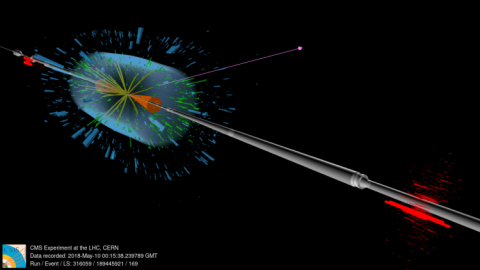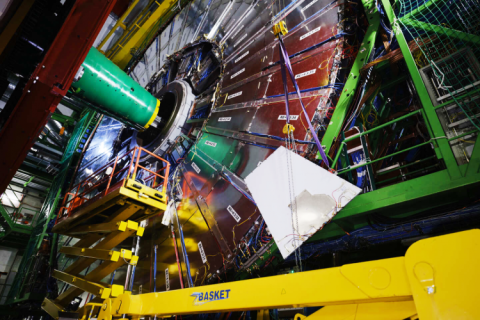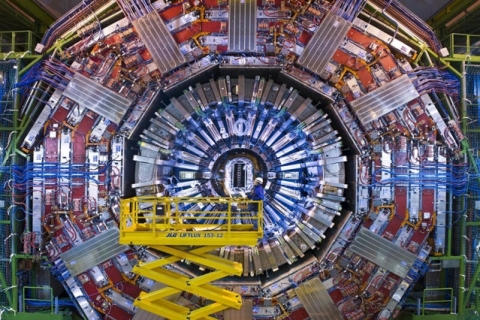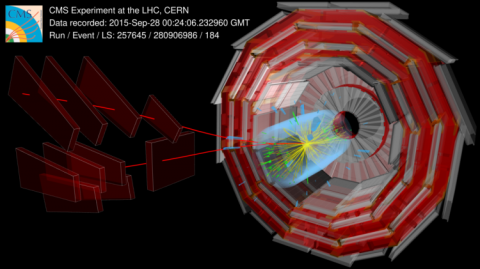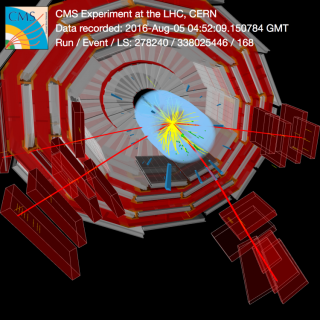The CMS collaboration is happy to congratulate its members Dr. Austin Ball and Professor Phil Butler who not only made significant contributions to science but are also highly honoured in their respective countries for their achievements.
improved Resistive Plate Chambers Demonstrator - A step towards HL-LHC
The installation of a new prototype of CMS muon chambers was completed last December. With these installations, the CMS detector is taking further steps towards the HL-LHC era at CERN.
Does the top quark respect all the leptons equally?
The word lepton comes from the Greek λεπτός (leptós,) meaning “small”; the electrically charged leptons (electrons, muons, and taus) have much smaller masses than their counterparts in the quark sector.
Goodbye 2021, Welcome 2022!
Before saying goodbye to 2021, we’re proud to look back at major milestones reached by CMS collaboration both on physics results and detector upgrades along the year.
Hunting for anomalous interactions between the Higgs bosons and the top quarks
Since the Higgs boson discovery in 2012 by the CMS and the ATLAS col
The Z and the b
The collision of high-energy protons at the LHC breaks them apart and allows us to look at its constituents. Surely there are more interesting stuff in store, compared to the usual constituents at lower energy, the up and the down type quarks.
First CMS open data from LHC Run 2 released
As the experiments at the Large Hadron Collider (LHC) brace for the start of Run 3 of the accelerator’s programme in 2022, the CMS collaboration has released a new batch of research-quality open data recorded by the CMS detector in 2015, the first year of Run 2.
Life of the Higgs boson
The Higgs boson is peculiar in many respects. Like most other elementary particles, it is unstable and lives only for an extremely short time, 1.6 x 10-22 seconds, according to the established theory of particle physics (the standard model). Pretty short, isn't it?

